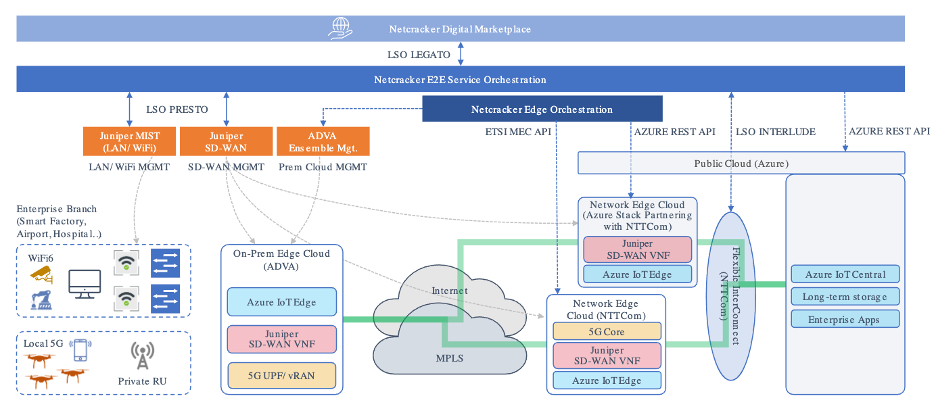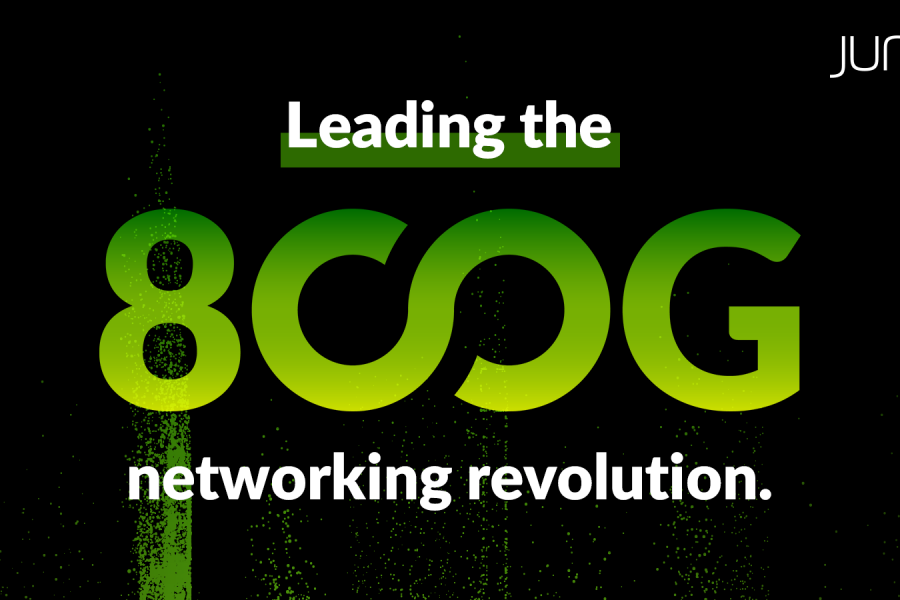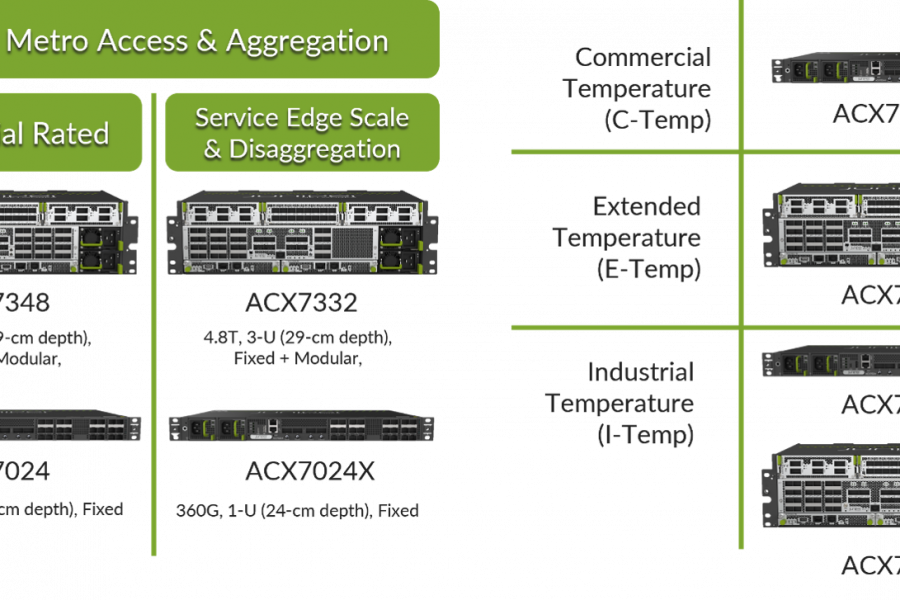Edge cloud is here and it’s going to play a key role in the Cloud + 5G + AI era. Over the last decade, cloud computing accelerated the speed of industry innovation. It provided the ability to scale up and down and the ubiquity and agility required to transform business productivity. For enterprises and service providers alike, edge cloud also has its own set of promising benefits – especially when it comes to the user experience. In this blog, we’ll explore them further.
From Cloud Computing to Edge Cloud
With cloud computing, large amounts of compute and storage were made available in centralized locations that introduced new consumption models. Over time and with enhanced access technologies and low entry costs, enterprises (and consumers) gradually migrated to the public cloud, starting with basic services such as email or cloud backups. From there, business-critical services were added as users gained confidence in them and applications were released. Additionally, cloud adoption has simplified business processes in many industries, making it easier than ever to set up new workloads, provide linear and “infinite” scale and even reduce business costs.
Today, with the emergence of edge cloud, businesses can overcome current limitations of cloud computing and deliver excellent user experiences. By bringing the content and applications closer to the subscriber, the edge cloud dramatically reduces latency and the dependency on international network connectivity. At the same time, edge cloud provides data sovereignty compliance. Despite these advantages, edge cloud carries higher costs due to its distributed nature, so we can’t expect it to replace centralized clouds entirely. Instead, edge cloud will complement them by providing new locations for cloud-native applications.
Edge cloud also improves business outcomes which makes it an obvious choice for many industries. As we described earlier in this blog, one of the key aspects that has contributed to the success of the public cloud is its simplicity. Can edge cloud offerings be just as simple? Solutions combining industrial applications, private 5G, Wi-Fi 6 and SD-WAN might be challenging to manage for most. Additionally, enterprises will expect service assurance mechanisms to measure the performance of the service end-to-end.
About the MEF 3.0 PoC Showcase
This challenge has inspired the 2021 MEF 3.0 Proof of Concept (PoC), Orchestrated Multi-edge Clouds for on-demand enterprise services orchestrated across public and private edge clouds. For this PoC, Juniper Networks has partnered with Netcracker, NTT, Microsoft Azure and ADVA.
Enterprises looking to improve operational efficiency can now offload the responsibility for complex multi-vendor solutions to Communications Service Providers (CSPs) that can integrate and orchestrate a diverse set of technologies across different domains into a single service. This includes technologies like 5G, IoT, SD-WAN, SD-LAN/WiFi, underlay connectivity, active service assurance and security.

In this PoC, Juniper provides the enterprise branch networking through Wi-Fi and LAN while delivering the external connectivity through SD-WAN. The Juniper Mist Cloud delivers scale and agility through a modern microservices cloud architecture and also offers ground-breaking services, such as assurance for Wi-Fi-Wired-and-WAN, location services, Premium Analytics and Marvis, the virtual network assistant. Mist Cloud is built with an AI engine that provides unprecedented insight and automation that simplifies the full life cycle of the enterprise branch deployments.
An IoT environment like this PoC, where applications can dynamically sit on-premises, at the edge or in the public cloud, needs a network that can rapidly adapt to match the application requirements. The Juniper SD-WAN virtual network function (VNF) runs on edge cloud on-prem and also provides security to the enterprise environment.
The access technologies for this PoC are Wi-Fi 6 and private 5G, which both make use of SD-WAN to connect externally. For each application, SD-WAN finds the best route (internet or MPLS) to connect to NTT’s Flexible Interconnect cloud fabric, which brings the traffic to public clouds through NTT’s private network. All of this is integrated with the end-to-end orchestrator that simplifies the rollout of the entire setup.
There are always challenges and risks associated with a managed edge cloud service that builds on so many ecosystem players and domains. As a result, CSPs have to build a strategy to ensure that service uptime can meet the agreed SLAs.
To achieve the desired experience for each application, enterprises require strict SLAs on the end-to-end service. The goal is to minimize the impact of any network failure that should be located and fixed rapidly. Juniper Paragon Active Assurance provides activation testing, end-to-end service quality monitoring and remote troubleshooting throughout the full service lifecycle, not just to keep applications up and running, but ultimately, to provide a true Experience-First Networking solution.
Read the MEF blog to learn more about this PoC.
In the Q1 2021 MEF 3.0 Proof of Concept (PoC) Showcase, Juniper Paragon Automation solutions received top honors. Our Orchestrated Multi-edge Clouds solution received the Market Game Changer Award, which recognizes use cases with the largest potential impact on the service provider market.
Learn how Juniper Paragon Active Assurance also played a role in this exciting and consumer-oriented MEF PoC: Revolutionizing the Live Event Experience.


